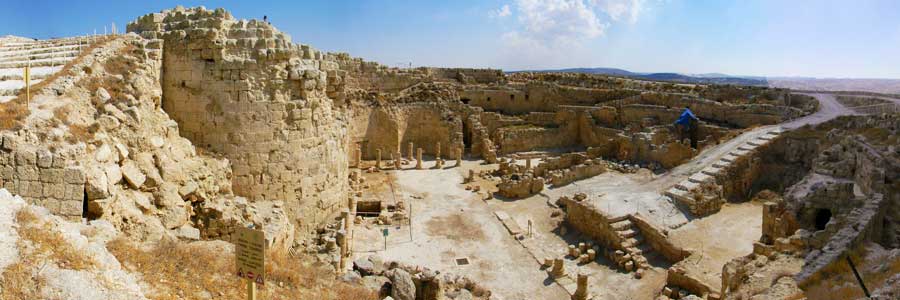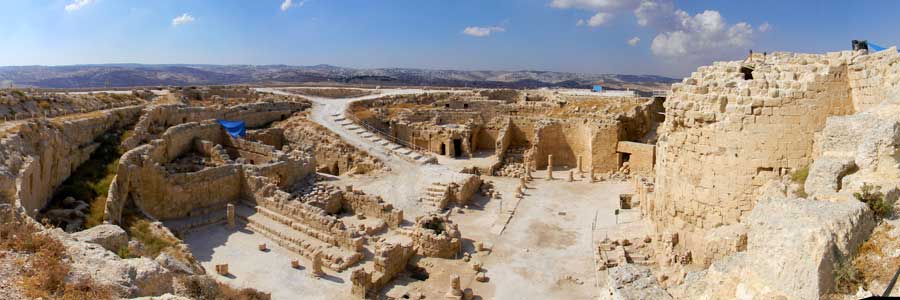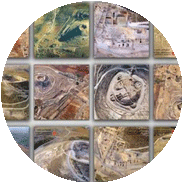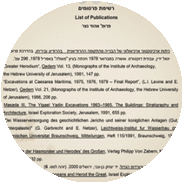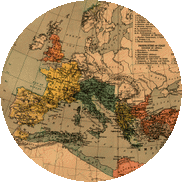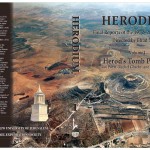Herodium
is one of the most important and unique building complexes built by Herod King of Judaea during the first century BCE, and was considered among the most important buildings of the ancient world. The site, which was intended to commemorate the architect-King’s life and work, was planned as a massive complex of palaces (the largest in the Roman world at the time), incorporating an imposing palace-fortress on the hilltop, an administrative area and a splendid recreation center at its foot, and a Royal Theater and Mausoleum on its slope. On the approach of Herod’s death, the hill was converted into a massive burial monument of epic proportions, a large artificial hill visible from afar.
Ehud Netzer established the Hebrew University Archaeology Institute’s expedition to Herodium in 1972, at the beginning of his extensive research at the site, and since then it has focused on historical and archaeological research of the site. The project’s activities and findings have been published in many different platforms, for both the academic and general public, some of which are available on this website. Apart from its varied research goals, the expedition has concentrated since its establishment on development of the site for tourism. One of the important foci of the project during the last few years has been the comprehensive academic publication of the projects findings since its inception.


